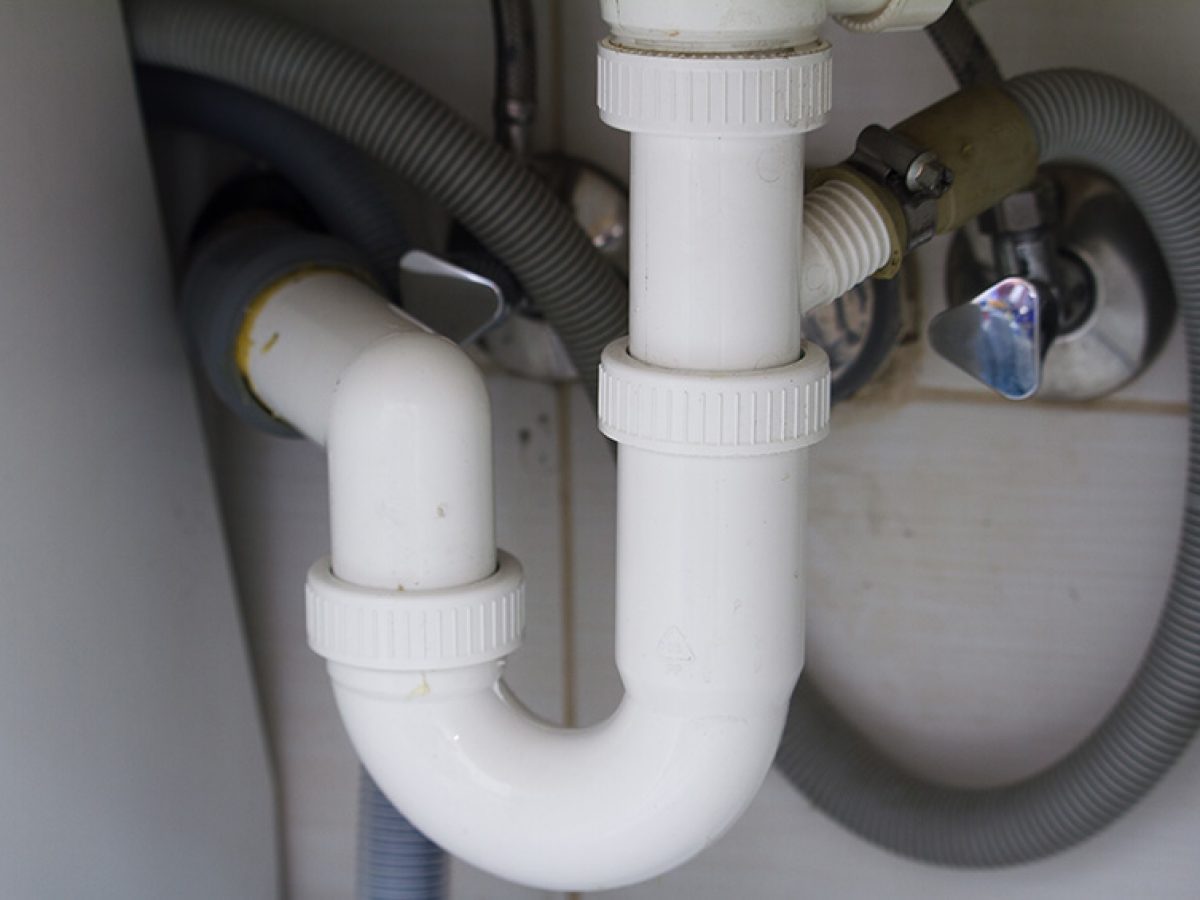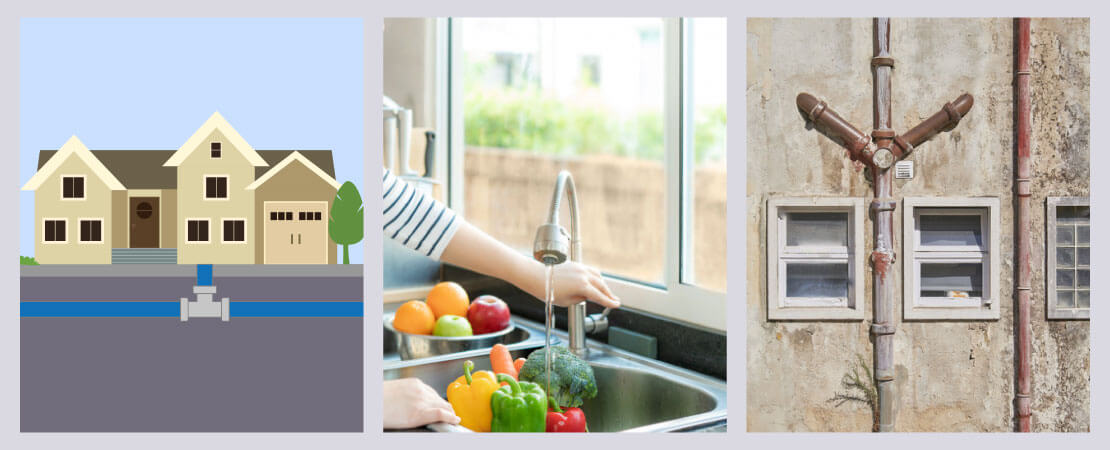The Design of Your House's Plumbing System Explained
The Design of Your House's Plumbing System Explained
Blog Article
We've found this great article about Plumbing Installation 101: All You Need to Know listed below on the web and accepted it made good sense to relate it with you over here.

Comprehending how your home's pipes system functions is crucial for each house owner. From supplying tidy water for alcohol consumption, cooking, and showering to securely getting rid of wastewater, a properly maintained pipes system is critical for your household's wellness and convenience. In this detailed overview, we'll check out the elaborate network that makes up your home's plumbing and deal pointers on upkeep, upgrades, and taking care of usual concerns.
Intro
Your home's pipes system is greater than simply a network of pipelines; it's a complicated system that ensures you have access to tidy water and reliable wastewater elimination. Knowing its parts and just how they collaborate can help you prevent pricey repair services and ensure every little thing runs smoothly.
Standard Parts of a Plumbing System
Pipelines and Tubes
At the heart of your plumbing system are the pipelines and tubing that lug water throughout your home. These can be made from numerous materials such as copper, PVC, or PEX, each with its advantages in regards to resilience and cost-effectiveness.
Fixtures: Sinks, Toilets, Showers, etc.
Components like sinks, toilets, showers, and bathtubs are where water is made use of in your home. Understanding just how these fixtures connect to the pipes system helps in detecting issues and planning upgrades.
Shutoffs and Shut-off Points
Shutoffs manage the flow of water in your pipes system. Shut-off valves are crucial throughout emergencies or when you require to make repair work, permitting you to separate parts of the system without disrupting water circulation to the entire house.
Water System System
Key Water Line
The primary water line connects your home to the local water or a personal well. It's where water enters your home and is dispersed to different components.
Water Meter and Pressure Regulatory Authority
The water meter steps your water use, while a pressure regulator makes certain that water moves at a risk-free stress throughout your home's plumbing system, stopping damage to pipelines and components.
Cold Water vs. Hot Water Lines
Recognizing the distinction in between cold water lines, which provide water straight from the main, and hot water lines, which bring heated water from the hot water heater, aids in repairing and planning for upgrades.
Drain System
Drain Water Lines and Traps
Drain pipelines lug wastewater away from sinks, showers, and bathrooms to the sewage system or sewage-disposal tank. Catches protect against sewer gases from entering your home and also catch debris that might cause obstructions.
Air flow Pipelines
Ventilation pipelines permit air right into the water drainage system, avoiding suction that could slow down drain and cause traps to empty. Proper air flow is important for maintaining the integrity of your pipes system.
Significance of Appropriate Water Drainage
Guaranteeing proper water drainage stops back-ups and water damages. Routinely cleaning up drains pipes and keeping traps can protect against pricey repairs and prolong the life of your pipes system.
Water Heater
Kinds Of Hot Water Heater
Water heaters can be tankless or standard tank-style. Tankless heating systems heat water as needed, while tanks save warmed water for prompt use.
Just How Water Heaters Attach to the Pipes System
Recognizing just how hot water heater link to both the cold water supply and warm water distribution lines aids in identifying problems like inadequate hot water or leaks.
Upkeep Tips for Water Heaters
Regularly flushing your hot water heater to get rid of debris, inspecting the temperature setups, and examining for leaks can extend its lifespan and improve power effectiveness.
Typical Plumbing Problems
Leaks and Their Reasons
Leaks can take place due to maturing pipelines, loose fittings, or high water stress. Addressing leaks immediately stops water damage and mold and mildew growth.
Obstructions and Obstructions
Clogs in drains and toilets are commonly triggered by flushing non-flushable things or a buildup of oil and hair. Using drain displays and bearing in mind what drops your drains can avoid blockages.
Indicators of Pipes Problems to Expect
Low tide pressure, sluggish drains pipes, foul odors, or abnormally high water bills are signs of prospective pipes issues that ought to be resolved promptly.
Plumbing Maintenance Tips
Regular Inspections and Checks
Arrange annual plumbing examinations to catch problems early. Try to find indicators of leaks, corrosion, or mineral accumulation in taps and showerheads.
Do It Yourself Maintenance Tasks
Easy jobs like cleaning faucet aerators, looking for commode leaks making use of dye tablet computers, or insulating revealed pipes in chilly environments can avoid significant pipes problems.
When to Call a Professional Plumbing Technician
Know when a plumbing concern needs expert knowledge. Trying intricate repair services without appropriate knowledge can lead to even more damage and greater repair expenses.
Updating Your Pipes System
Reasons for Upgrading
Upgrading to water-efficient fixtures or replacing old pipes can boost water quality, minimize water expenses, and boost the worth of your home.
Modern Plumbing Technologies and Their Benefits
Check out innovations like smart leakage detectors, water-saving toilets, and energy-efficient water heaters that can conserve cash and decrease ecological effect.
Cost Factors To Consider and ROI
Compute the upfront costs versus lasting financial savings when taking into consideration plumbing upgrades. Many upgrades spend for themselves through reduced energy expenses and less repair services.
Environmental Impact and Preservation
Water-Saving Fixtures and Devices
Setting up low-flow faucets, showerheads, and commodes can considerably reduce water usage without sacrificing efficiency.
Tips for Reducing Water Usage
Basic habits like taking care of leaks immediately, taking shorter showers, and running complete tons of laundry and meals can conserve water and reduced your energy bills.
Eco-Friendly Pipes Options
Think about sustainable pipes materials like bamboo for floor covering, which is durable and eco-friendly, or recycled glass for countertops.
Emergency Preparedness
Steps to Take During a Plumbing Emergency situation
Know where your shut-off shutoffs lie and just how to shut off the water supply in case of a ruptured pipeline or significant leakage.
Importance of Having Emergency Contacts Useful
Keep get in touch with details for regional plumbing technicians or emergency situation services easily offered for quick feedback throughout a plumbing situation.
DIY Emergency Fixes (When Suitable).
Momentary fixes like making use of duct tape to patch a dripping pipe or placing a container under a dripping tap can minimize damage till an expert plumbing professional gets here.
Final thought.
Comprehending the composition of your home's plumbing system encourages you to preserve it successfully, conserving time and money on repair work. By following regular upkeep regimens and remaining notified regarding contemporary pipes technologies, you can guarantee your pipes system runs effectively for several years ahead.
Understanding Your Home Plumbing System: A Comprehensive Guide
Plumbing System: The Lifeline of Your Home
At its core, the plumbing system is designed to perform two primary functions: bring fresh water into your home and remove wastewater. The system is a network of pipes, fixtures, and other components that transport water and sewage. Residential plumbing systems include potable water supply lines, drain-waste-vent (DWV) systems, and various plumbing fixtures that make water use in daily tasks possible.
Key Components:
Water Supply: This part of your plumbing system brings municipal water into your home, passing through the main water supply line. It s responsible for supplying all water needs, from drinking to bathing.
Drainage System: It carries waste and water away from your home to the sewer or septic system. This system includes all the piping within your home that leads to external sewage or septic systems.
Vent System: An essential yet often overlooked component, the vent system allows sewer gases to escape and lets air into the drainpipes, ensuring water and waste move correctly through the system.
Fixture: More Than Just Taps and Toilets
Plumbing fixtures are the most interactive parts of the plumbing system, including faucets, showers, toilets, and sinks. Each fixture is connected to the plumbing system and plays a role in either the delivery of freshwater or the disposal of waste and wastewater.
Types of Fixtures:
Faucets and Sinks: Used for washing hands, dishes, and other daily water needs.
Toilets: Dispose of human waste through the sewage system.
Bathtubs and Showers: Provide bathing facilities, requiring both hot and cold water supply.
Water Supply: The Source of Life
The water supply system is a critical component, ensuring that potable water is available throughout your home for various uses, including drinking, cooking, and cleaning. This system consists of pipes that distribute water to different parts of the house, controlled by valves to regulate the water flow.
Types of Plumbing: Materials and Methods
Various types of plumbing systems and materials are used in residential settings, each with its advantages and applications. From copper and PVC pipes for water supply to cast iron and ABS for drainage, the choice of materials can impact the longevity and efficiency of your plumbing system.
https://intownplumbingtx.com/articles/home-plumbing-system-guide/

Understanding Your Home Plumbing System: A Comprehensive Guide
Plumbing System: The Lifeline of Your Home
At its core, the plumbing system is designed to perform two primary functions: bring fresh water into your home and remove wastewater. The system is a network of pipes, fixtures, and other components that transport water and sewage. Residential plumbing systems include potable water supply lines, drain-waste-vent (DWV) systems, and various plumbing fixtures that make water use in daily tasks possible.
Key Components:
Water Supply: This part of your plumbing system brings municipal water into your home, passing through the main water supply line. It s responsible for supplying all water needs, from drinking to bathing.
Drainage System: It carries waste and water away from your home to the sewer or septic system. This system includes all the piping within your home that leads to external sewage or septic systems.
Vent System: An essential yet often overlooked component, the vent system allows sewer gases to escape and lets air into the drainpipes, ensuring water and waste move correctly through the system.
Fixture: More Than Just Taps and Toilets
Plumbing fixtures are the most interactive parts of the plumbing system, including faucets, showers, toilets, and sinks. Each fixture is connected to the plumbing system and plays a role in either the delivery of freshwater or the disposal of waste and wastewater.
Types of Fixtures:
Water Supply: The Source of Life
The water supply system is a critical component, ensuring that potable water is available throughout your home for various uses, including drinking, cooking, and cleaning. This system consists of pipes that distribute water to different parts of the house, controlled by valves to regulate the water flow.
Types of Plumbing: Materials and Methods
Various types of plumbing systems and materials are used in residential settings, each with its advantages and applications. From copper and PVC pipes for water supply to cast iron and ABS for drainage, the choice of materials can impact the longevity and efficiency of your plumbing system.
https://intownplumbingtx.com/articles/home-plumbing-system-guide/
I hope you enjoyed reading our topic on Understanding Your Home's Plumbing Anatomy. Thank you for taking the time to read through our article post. Don't hesitate to take a moment to share this content if you appreciated it. We treasure your readership.
Click Here Report this page